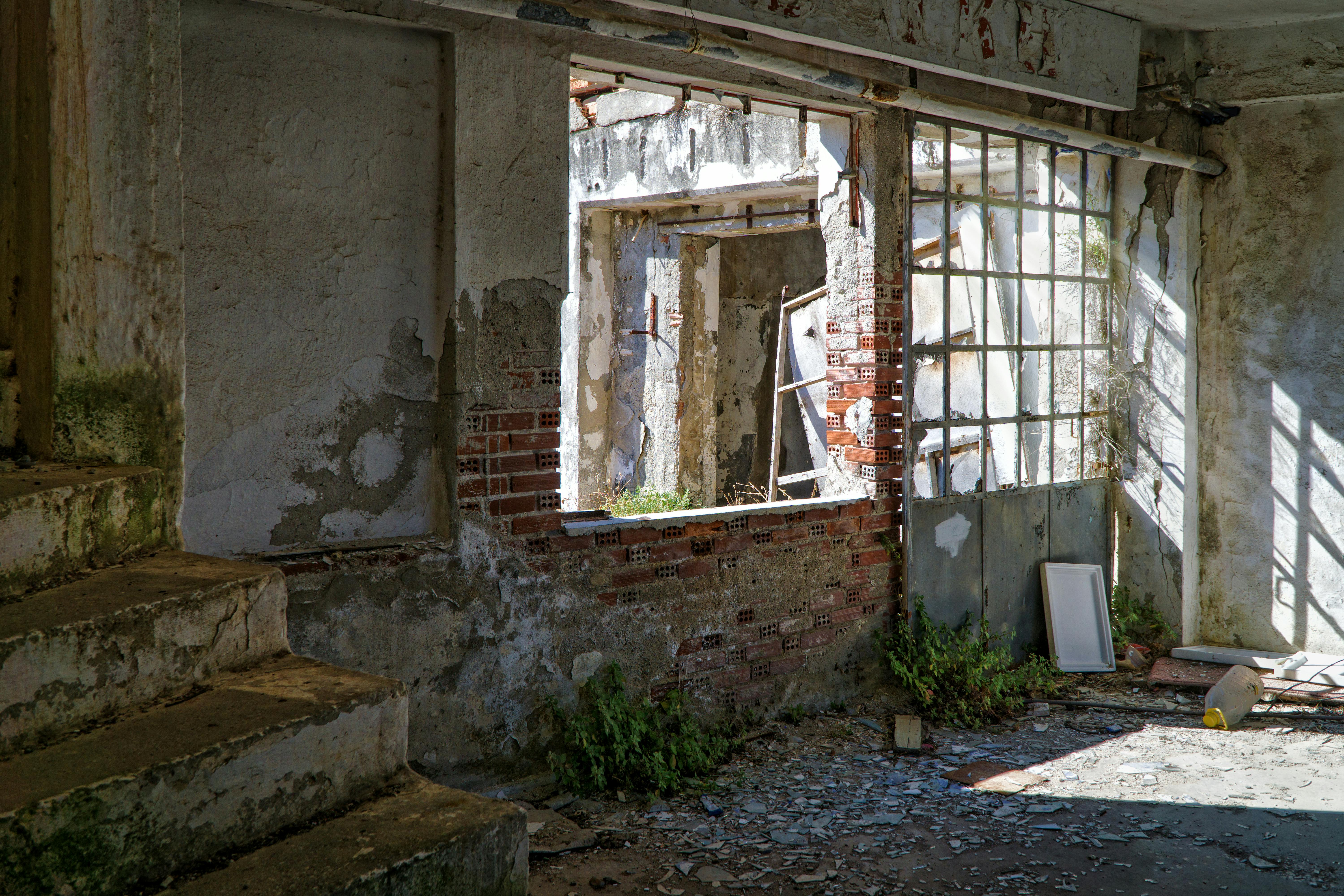Some Plumbing Basics for Home Inspection
When a home inspector inspects a home, the plumbing is one of the critical systems he examines for his report. Naturally, one of the first things he’ll do is check your faucets and fixtures for leaks. According to the American Water Works Association, almost 15 percent of all the water used in a typical home is wasted through leaking pipes, dripping faucets and wasted water.
Finding and fixing leaks will save money on water and energy bills. Additionally, water damage to floors and foundations is very common and should be addressed to prevent further problems.
Also, as silly and unnecessary as it sounds at first, the home inspector will make sure that cold water comes out of the right side and hot water comes out of the left side when the faucets are turned on. That is the conventional standard. You don’t want anyone to be caught getting burned in the shower because they thought they were turning on the cold water.
Your inspector will check the type and condition of your water pipes, which are typically copper, brass, or galvanized steel. Copper is the most desirable material, followed by brass and galvanized steel the least desirable.
Copper is better for water distribution pipes. It lasts longer and generally has no problems. As for brass pipes, the mineral content in the water affects its durability. White mineral deposits on brass pipes mean small leaks. This shows that the pipes are deteriorating and may need to be replaced at some point in the future.
Galvanized steel pipes corrode from the inside, restricting the flow of water. It’s like trying to merge three lanes of freeway traffic into two or even one. When these pipes are in poor condition, using more than one water fixture at a time causes problems. For example, if someone is taking a shower, avoid flushing the toilet, using the dishwasher or washing machine because the shower will either be too hot or too cold.
When you buy a home, your inspector should tell you what material the plumbing pipes are made of and what condition they are in. Replacing water distribution pipes is quite expensive, should it be necessary.
Your inspector should also tell you about the water supply line that brings water to the house. Again, copper is the best material because if the pipe is made of galvanized steel, it could have the same corrosion problem mentioned above. If this plumbing is made of lead, excessive amounts of lead may be leaching into the water, posing a health hazard. The best solution is to replace this pipe. However, this costs thousands of dollars.
If contaminants such as lead enter the home’s water supply, consider adding a water filtration system where the water enters the building. Also consider adding a water treatment system in the kitchen where water is used for drinking and cooking.
The water heater is another important item that your inspector will check. If it is a gas water heater, it must be installed correctly and allow for good ventilation. A metal flue pipe should allow toxic gases to flow up and out of the house through a chimney. Improper ventilation will result in the buildup of toxic and deadly carbon monoxide. If the flue slopes downward, it must be repaired and replaced. The heat from the hot water heater’s combustion gas must rise upwards, as it should.
These are just some of the plumbing problems that the home inspector’s report will address. A home’s plumbing is one of the most important areas that needs attention before buying or selling a home. Finding and dealing with problems now will keep many problems at bay in the future.
